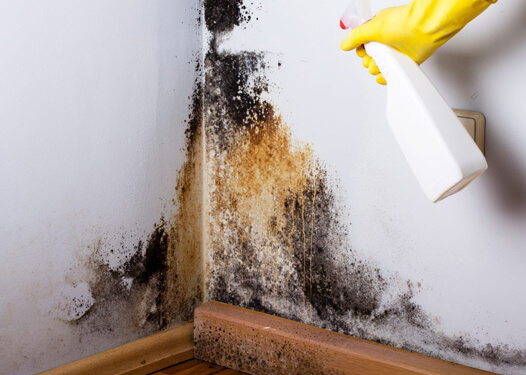How to Find the Right Real Estate Investing Partner for Your Goals
Real estate investing can be a lucrative endeavor, but it often requires collaboration and the right partnerships. Whether you’re just starting out or you’re an experienced investor, choosing the right partner can make or break your success. In this article, we’ll explore the steps you need to take to find Partner Driven aligned with your real estate investing goals.
Why You Need a Real Estate Investing Partner
Partnering with the right person can amplify your strengths and fill in the gaps in your expertise. Maybe you’re great at analyzing markets but need someone with hands-on renovation experience. By joining forces, you can achieve more than you would on your own.
Clarify Your Investment Objectives
Before seeking a partner, you need to define your goals clearly. Do you want quick profits from flipping houses, or are you aiming for steady passive income through rentals? Having a clear vision of your objectives will make it easier to find a partner who shares your vision.
Qualities to Seek in a Partner
Not all partnerships are created equal. Consider these essential factors:
- Aligned Objectives: Your partner should share similar investment goals and philosophies. Conflicting goals can derail even the most promising partnerships.
- Complementary Skills: Look for a partner whose strengths complement your weaknesses. For instance, if you’re skilled in property analysis, your partner might specialize in construction or legal work.
- Strong Communication Skills: Effective communication is the foundation of any successful partnership. Without it, misunderstandings can occur.
- Reputation and Integrity: Do your homework on their credibility. Trust is essential when making high-stakes decisions.
Where to Find Potential Real Estate Investing Partners
With a clear idea of the qualities you need, it’s time to start your search. Here are a few strategies to explore:
- Real Estate Meetups: Local meetups and industry events are prime opportunities to connect. You’ll meet others who share your passion and goals.
- Social Media and Forums: Join online groups and forums dedicated to real estate investing. Platforms like BiggerPockets are great for connecting with professionals in the field.
- Personal Recommendations: Leverage your contacts for suggestions. A trusted recommendation can help you find a reliable partner.
- Professional Advisors: Talk to professionals who work in real estate. They may know someone who’s actively looking for a partner.
How to Evaluate Potential Partners
Once you’ve found a potential partner, it’s crucial to evaluate whether they’re the right fit. Use these tips to ensure you’re making the right choice:
- Check Their Track Record: Dig into their history of real estate deals. Have they successfully managed projects similar to what you’re planning?
- Discuss Financial Contributions: Have an honest conversation about finances. Will they be contributing capital, securing loans, or managing the budget?
- Analyze Compatibility: Spend time getting to know them. You’ll need to work closely together, so compatibility is key.
- Ask for References: Contact past collaborators. References can reveal potential red flags.
Establishing Clear Terms for the Partnership
Defining the terms of your partnership upfront is essential. Without these, disputes are more likely. Here’s how to create a solid foundation:
- Create a Written Agreement: Document roles, responsibilities, and profit-sharing arrangements.
- Define How Decisions Will Be Made: Decide how major decisions will be handled.
- Plan for the End: Include plans for dissolving the partnership if necessary.
Maintaining a Successful Partnership
After forming a partnership, sustaining it takes effort. Regular communication and mutual respect are key. Schedule periodic reviews to stay on the same page.
Conclusion: Finding the Perfect Real Estate Investing Partner
The process of selecting the perfect partner can be challenging but rewarding. With shared goals, complementary skills, and clear agreements, you set yourself up for greater success in the real estate world. Take the time to find the right partner, and you’ll be well on your way to achieving your investing dreams.
